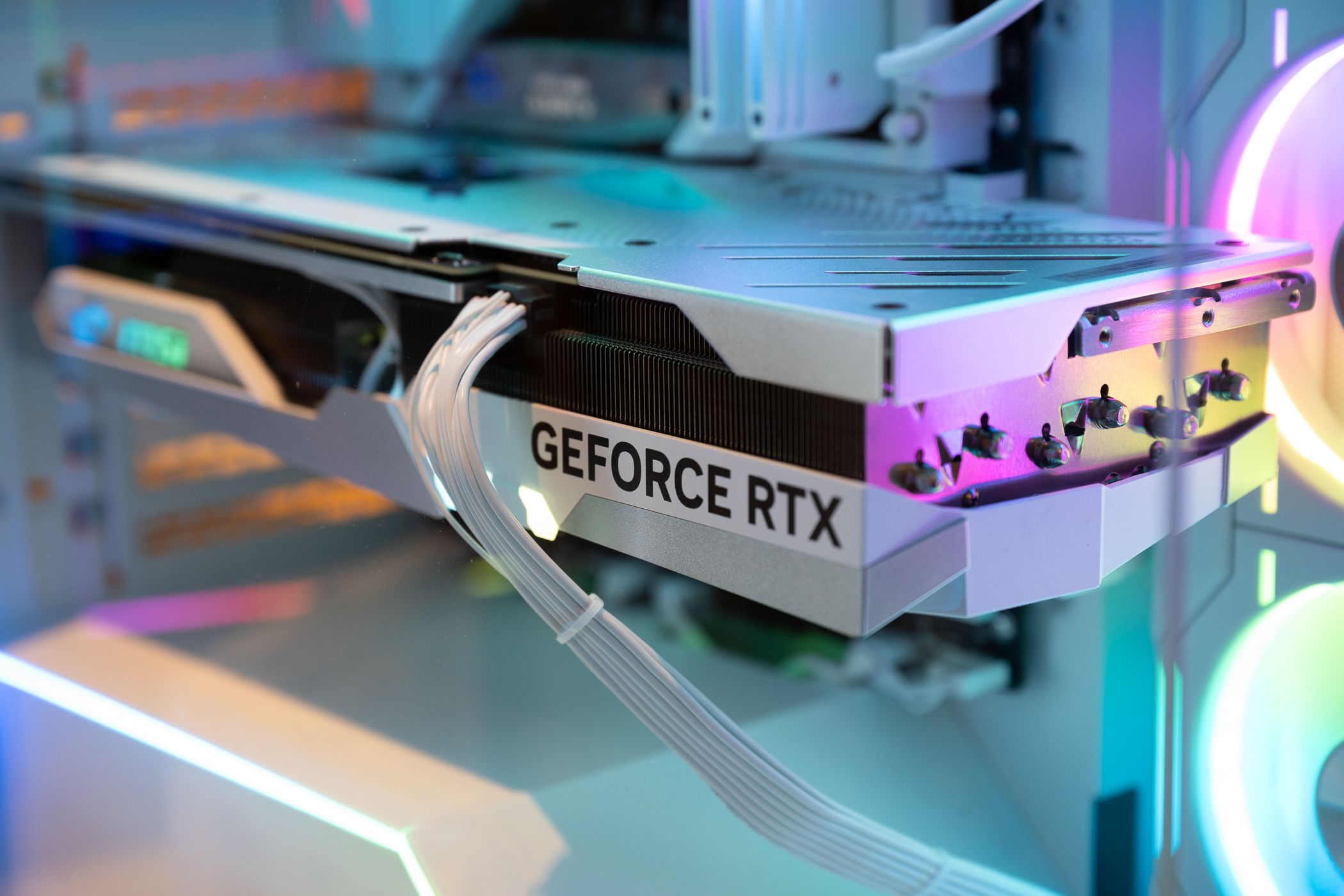Summary
- Nintendo Switch 2 features up to 1080p at 120fps and 4K at 60fps thanks to DLSS and RT cores.
- DLSS contributes to higher graphical performance and upscales resolution with Tensor cores.
- Switch 2 introduces real-time ray tracing for more realistic lighting and reflections in games.
The Nintendo Switch 2 is finally here, and it represents an improvement over its predecessor in almost every single way. One of the improvements touted by Nintendo was support for up to 1080p games at 120 frames per second (with an improved 120Hz display) as well as up to 4K at 60 frames per second when docked. Thanks to NVIDIA, we now know this is partly thanks to a party trick your gaming PC also uses.
In a blog post, NVIDIA, which is again making the custom processor and GPU for the Switch 2 just like it did for the original Switch, gave us direct confirmation that the new console features Deep Learning Super Sampling (DLSS) technology and dedicated Ray Tracing (RT) cores. This essentially means that the Switch 2 is relying less on actual hardware for rendering games at higher resolutions, and it’s instead just rendering things at lower resolutions and then scaling them up to the desired resolution using Tensor cores from the GPU.
The company stated DLSS contributes to the new console having significantly higher graphical performance compared to the original Switch. As a reminder, the original Nintendo Switch featured up to 720p gaming in handheld mode, as well as 1080p when docked. 720p was okay when that console came out in 2017, and most current consoles do at least some 4K gaming, so Nintendo needed to step up here. DLSS was probably the easiest way to give users good game performance while also keeping the console portable.

Related
You Can Use NVIDIA’s DLSS 4 Today, Even If Your Game Doesn’t Support It
It’s also officially supported in 75 games.
Real-world performance is another thing, and this can vary depending on the specific games and developer optimizations in those games—early testing looks promising, but again, it’s too early to tell. While we don’t have an actual official spec sheet for the console yet, previous rumors floating around the Internet have said that the console has a GPU with the same Ampere architecture as NVIDIA’s RTX 3000 series of desktop GPUs. It’s not the latest and greatest, and it also means that we might miss out on a lot of the improvements we’ve seen from DLSS 3 and DLSS 4, including AI-generated extra frames.
Aside from upscaling, the new hardware introduces dedicated RT Cores, enabling real-time ray tracing. This advanced rendering technique simulates the physical behavior of light, allowing for significantly more realistic lighting, reflections, and shadows within game environments. We’re yet to see how much of a difference ray tracing will make on first-party Nintendo games, which tend to be on the cartoonier side in terms of graphics, but it will certainly come in handy to properly render games such as Cyberpunk 2077.
The Tensor cores powering DLSS have additional applications, according to NVIDIA. They can also be utilized for other AI-powered tasks, such as enhancing video chat features with capabilities like face tracking and background removal—we saw some of this when Nintendo teased GameChat yesterday, but we’d need to wait until the console releases to see the full extent of this.
The Switch 2 relying on DLSS for its resolution bumps might feel a bit like cheating for some, but DLSS has actually been a legitimately useful tool to improve performance on PC games, especially in mid-range and entry-level gaming PCs, so it will hopefully do wonders to make sure the Switch 2 lives up to the hype. The console will reach consumers’ hands in June, so it’s just a couple of months until we actually find out how good is this thing.



